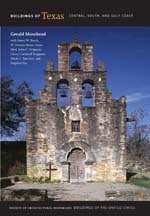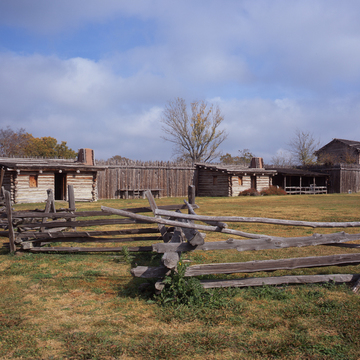Old Fort Parker is a reconstruction of a palisaded fort originally built in 1834. It is the only fort of this type to have been built in Texas, although the type was prevalent in the eastern United States. The twelve-foot-high, square enclosure of cedar logs included two blockhouses at opposite corners and several interior log cabins. Elder John Parker of the Predestinarian Baptist sect and his three sons and families came from Crawford County, Illinois. On May 19, 1836, a band of Indians attacked the fort, killing five and capturing five, including nine-year-old Cynthia Ann Parker. She was adopted by a Comanche family and became the wife of Chief Peta Nocona, bearing him three children. In the winter of 1860, Texas Rangers under Captain Lawrence “Sul” Ross attacked the Comanche camp on the Pease River and recaptured Cynthia Ann (Naduah) and her daughter. She was returned to her relatives in east Texas but could not readjust to her former life. Her son, Quannah Parker, was the last of the Comanche leaders to be subdued and removed from Texas to Indian Territory in 1875.
You are here
Old Fort Parker
If SAH Archipedia has been useful to you, please consider supporting it.
SAH Archipedia tells the story of the United States through its buildings, landscapes, and cities. This freely available resource empowers the public with authoritative knowledge that deepens their understanding and appreciation of the built environment. But the Society of Architectural Historians, which created SAH Archipedia with University of Virginia Press, needs your support to maintain the high-caliber research, writing, photography, cartography, editing, design, and programming that make SAH Archipedia a trusted online resource available to all who value the history of place, heritage tourism, and learning.











